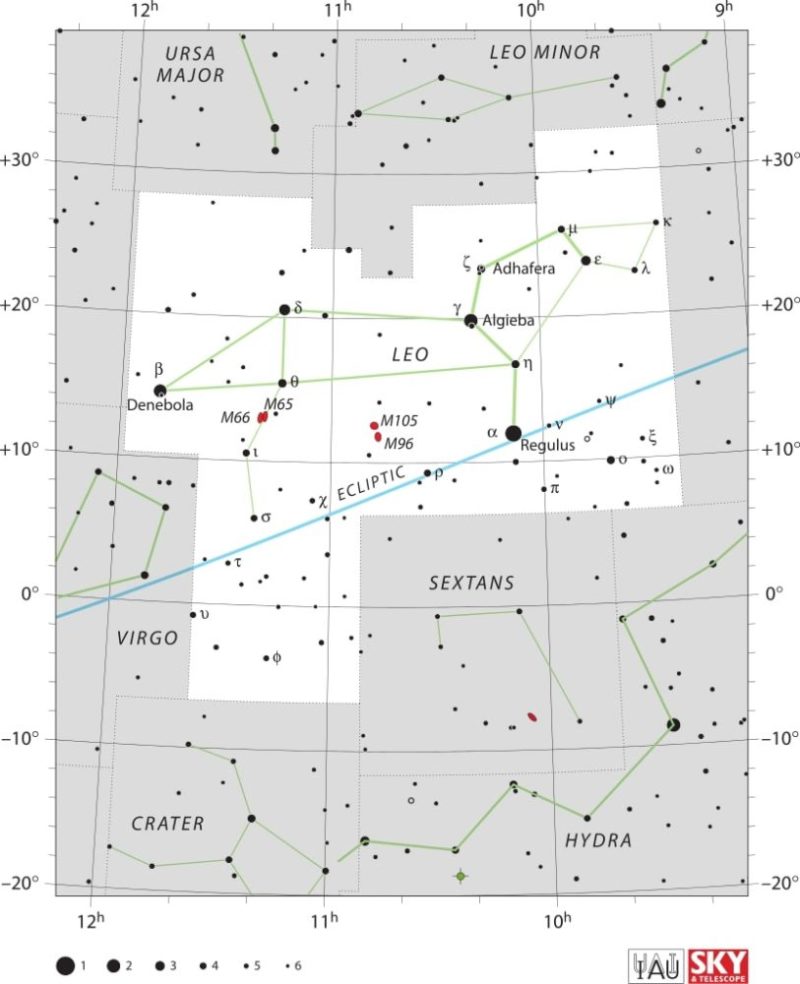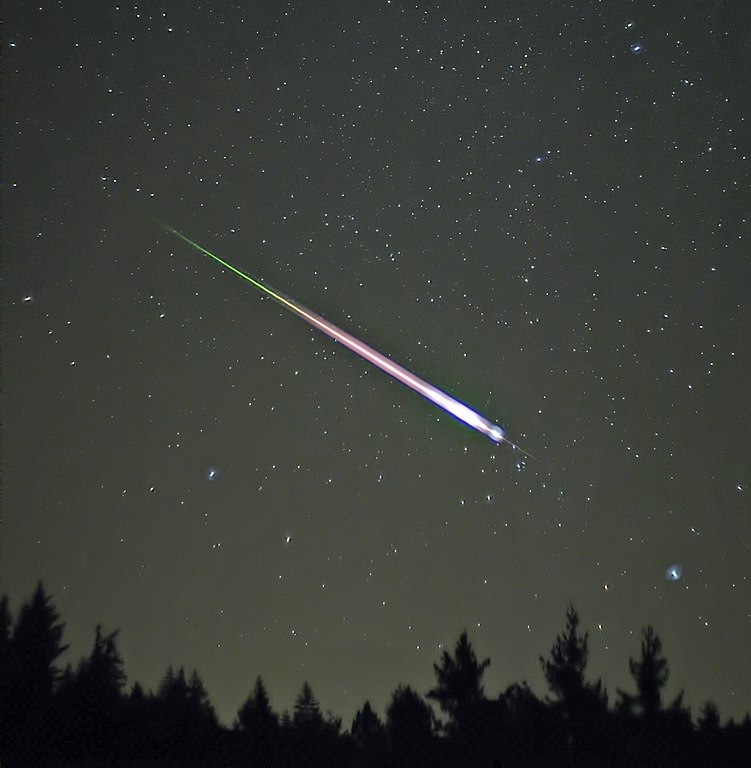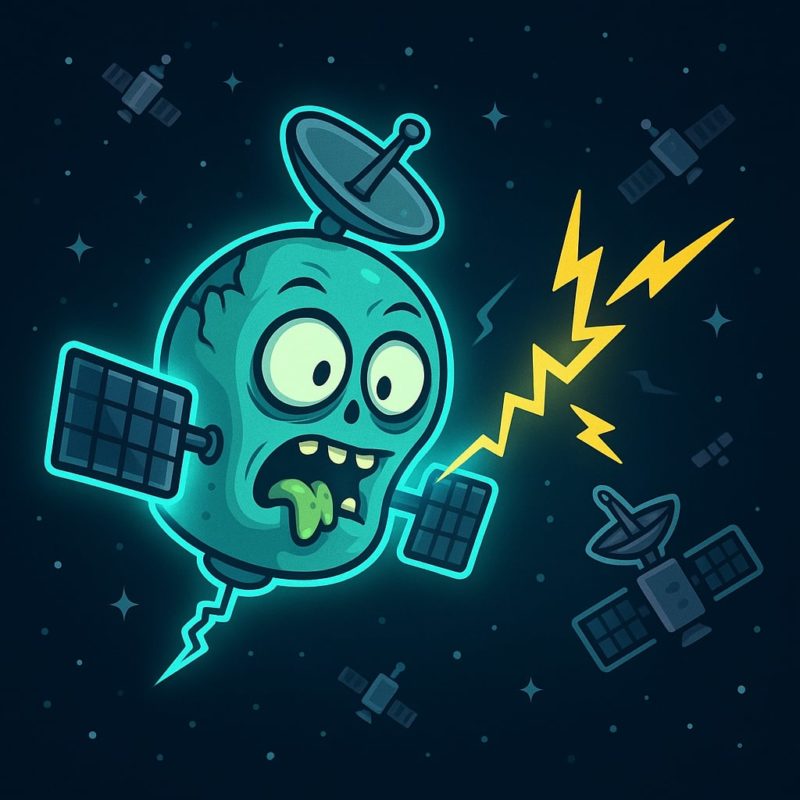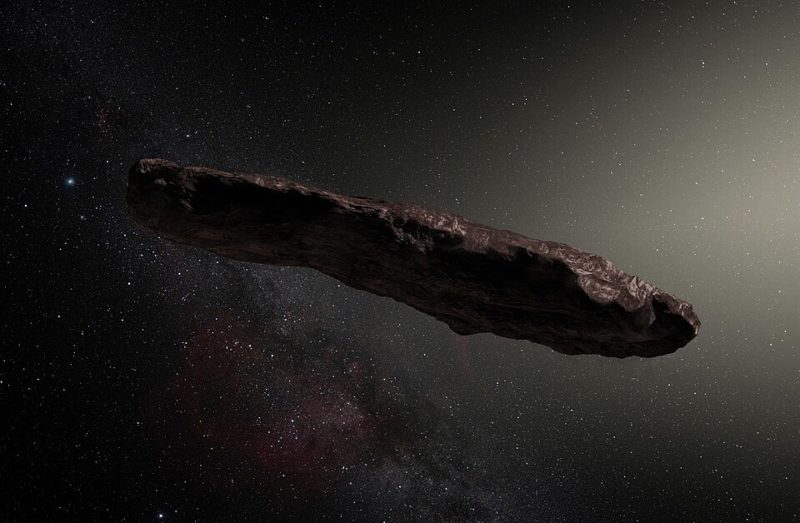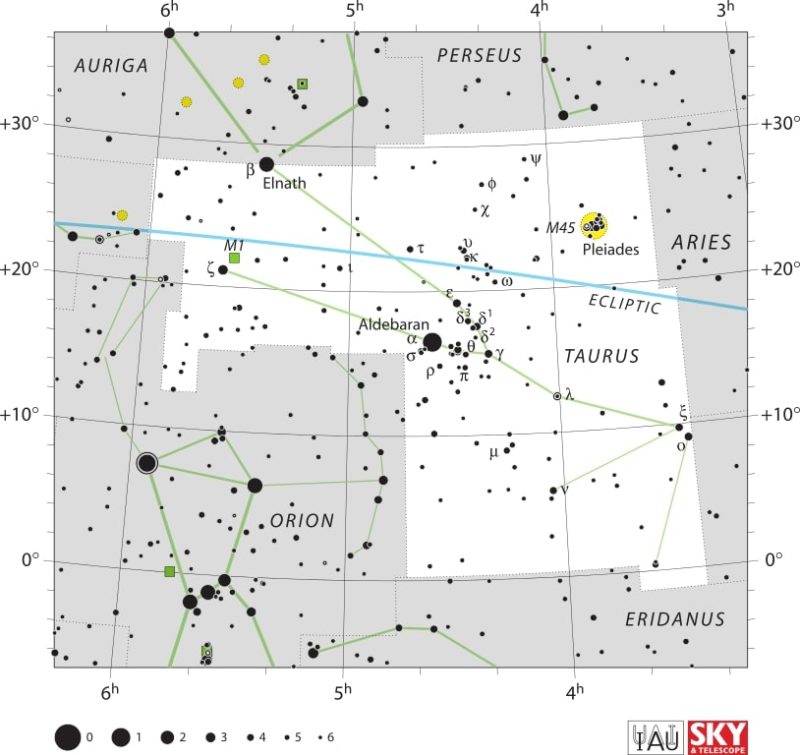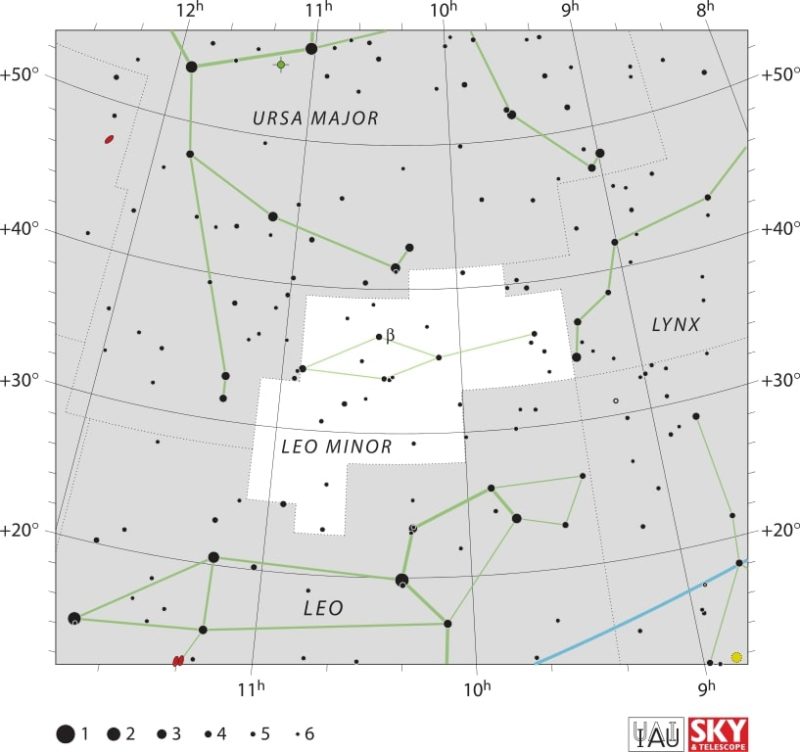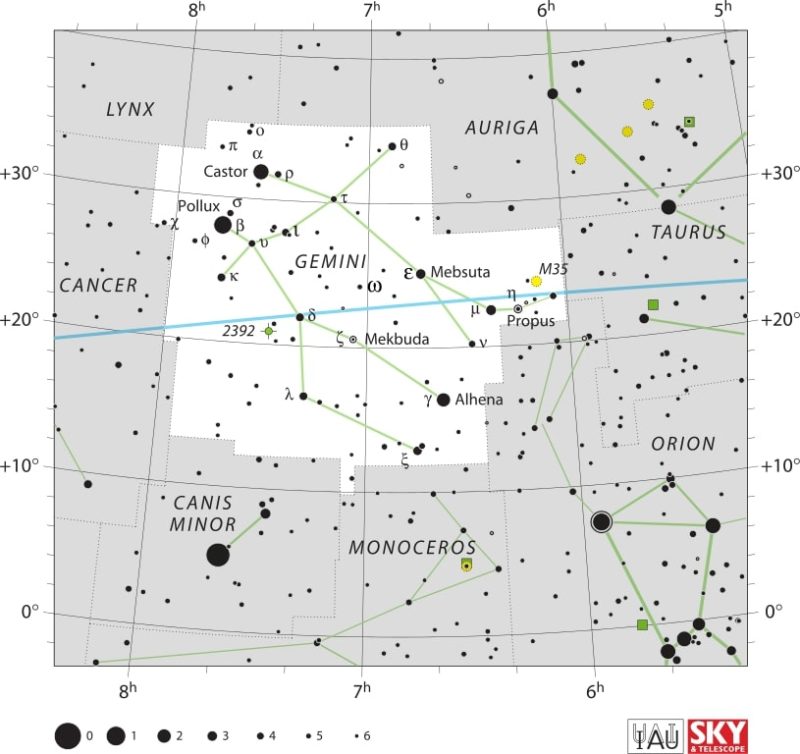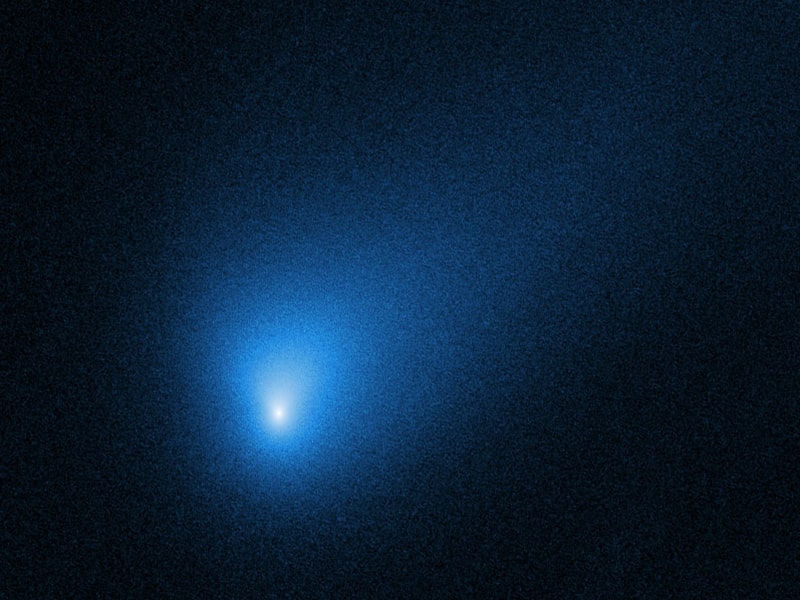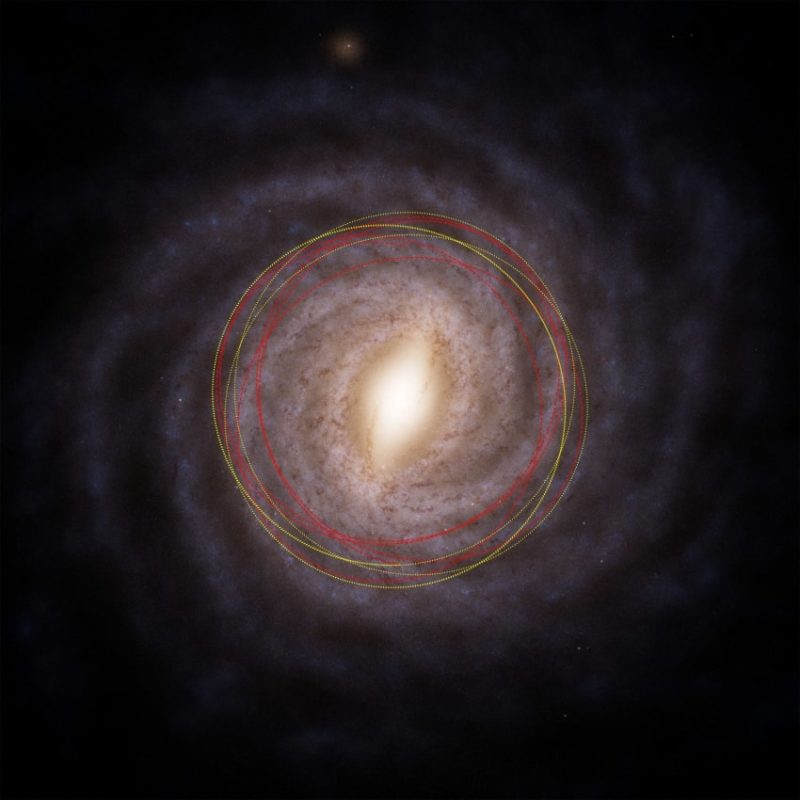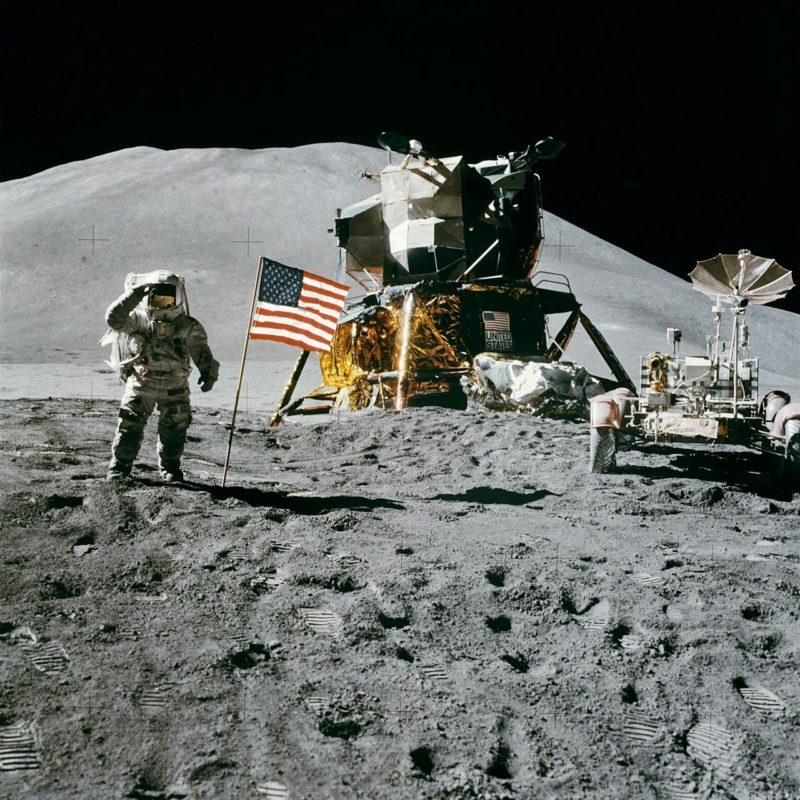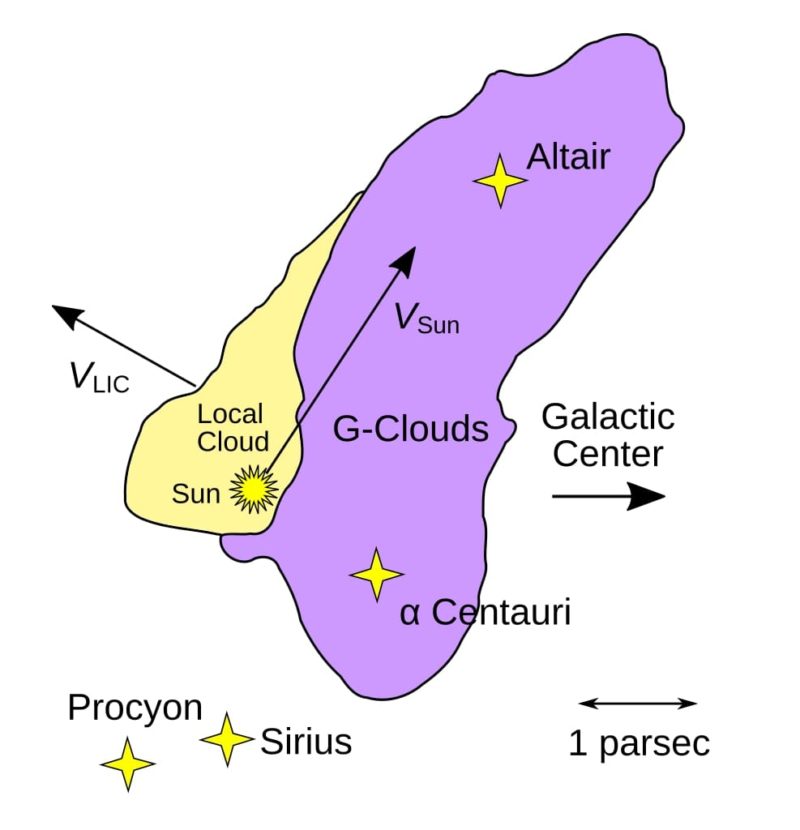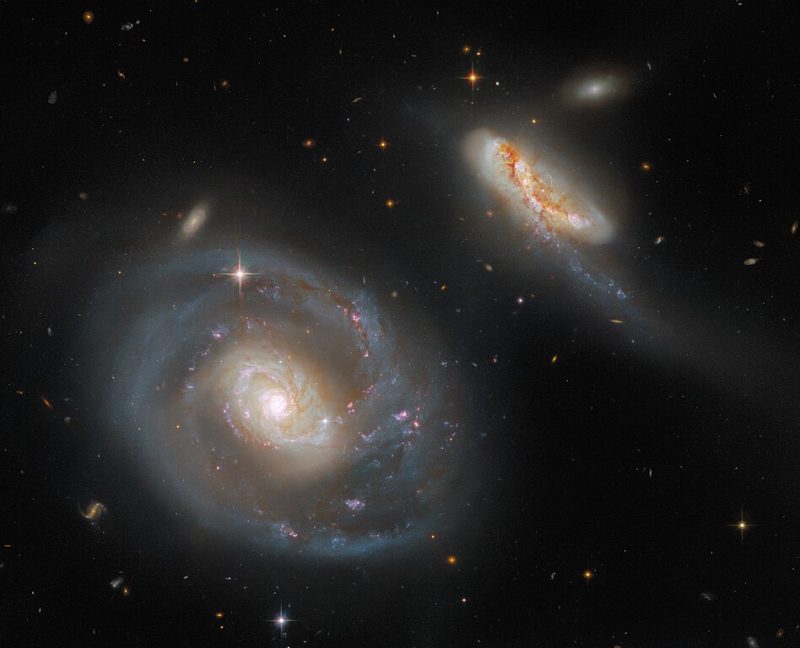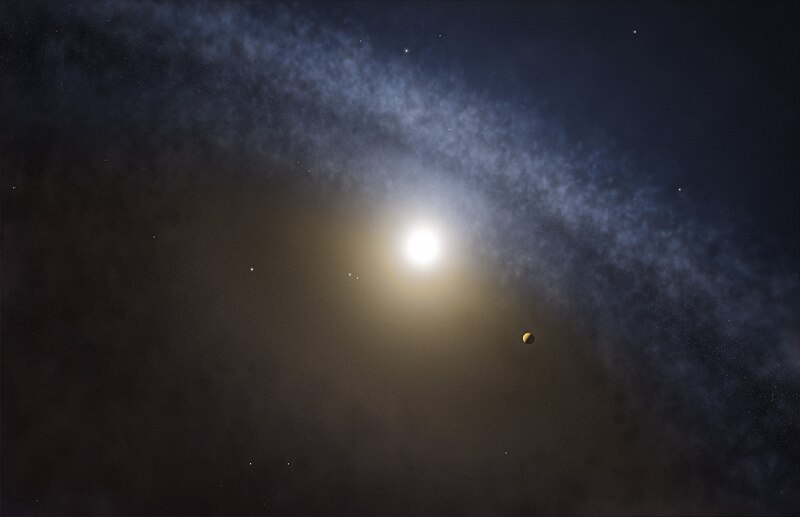Science
Explore fascinating discoveries, breakthroughs and insights across all fields of science. Stay informed with the latest research, innovations and scientific trends!
Leonid Meteor Shower Guide
Discover when and where to watch the Leonid meteor shower this November. Learn viewing tips, peak times, and how to see these meteors best.
Stargazing Calendar for November 2025
Explore top celestial events for stargazing this November 2025, from conjunctions to meteor showers—perfect for every astronomy enthusiast.
Zombie Satellites: Risks, Impacts, and Mitigation Strategies
Zombie satellites are defunct spacecraft that can unexpectedly reactivate, disrupting communications and creating risks for orbital safety.
1I/ʻOumuamua: the First Known Interstellar Object
1I/ʻOumuamua, the first interstellar object, puzzled scientists with its unusual shape, high speed and unexplained non-gravitational acceleration.
The Role of Microfluidics and Picoliter Dispensing in Next-Gen Diagnostic Devices
Microfluidics and picoliter dispensing are revolutionizing diagnostics with faster, smaller, and more precise tools for real-time health insights.
How Intraoral Scanners Accelerate Clear Aligner Treatment
Digital dentistry and intraoral scanners transform clear aligner care—making impressions faster, cleaner, and more accurate for better results.
Northern Taurid Meteor Shower Guide
The Northern Taurid meteor shower peaks on November 12, bringing slow, bright fireballs from asteroid 2004 TG10—best seen under dark skies.
Leonis Minorid Meteor Shower Guide
The Leonis Minorid meteor shower peaks on October 24, offering faint but fast meteors from Leo Minor—best viewed under dark, clear skies.
Orionid Meteor Shower Guide
Witness the Orionid meteor shower originating from Halley’s Comet this October. Fast, bright meteors peak on October 22 under clear, dark skies.
Epsilon Geminid Meteor Shower Guide
Discover the faint Epsilon Geminid meteor shower peaking on October 18, with tips to enjoy its quiet beauty under dark, moonless skies.
Interstellar Comet 2I/Borisov: The First True Comet from the Stars
Interstellar comet 2I/Borisov, the first known comet from another star system, revealed pristine ices and clues to how distant worlds form.
Delta Aurigid Meteor Shower Guide
Discover the faint Delta Aurigid meteor shower, peaking on October 11, with viewing tips to catch its rare, fast streaks under dark skies.
Interstellar Comet 3I/ATLAS: A Rare Visitor from Beyond Our Solar System
Comet 3I/ATLAS, the 3rd interstellar visitor, shows how material from distant stars passes through our solar system, expanding cosmic insight.
Who Owns the Moon? The Legal Battle Over Lunar Resources
The legal debate over lunar resources intensifies as private companies eye the Moon for economic gain. Can international law keep up with space mining ambitions?
Why Scientists Need Clear Imaging to Solve Medical Mysteries
Clear imaging drives personalized medicine, revealing medical mysteries and enabling faster, more precise discoveries in modern healthcare.
The Local Interstellar Cloud: Characteristics and Significance
Discover the Local Interstellar Cloud, a cosmic mix of gas and dust influencing our solar system and revealing secrets of the universe.
Stargazing Calendar for October 2025
Discover rare astronomical events with dwarf planets, meteor showers, and an interstellar comet. Don’t miss stargazing this October 2025.
Southern Taurid Meteor Shower Guide
Catch the Southern Taurid meteor shower from Sept 10-Nov 20. Spot slow, bright meteors and fireballs near Taurus, especially around Oct 10.
NGC 7469: Home to a Supermassive Black Hole and Starburst Activity
Learn about NGC 7469, a stunning spiral galaxy in Pegasus with a supermassive black hole, an active nucleus, and a starburst ring.
Circumstellar Disc: Key Insights and Discoveries
What is a circumstellar disc? Discover how these gas and dust rings fuel planet formation, revealing insights into planetary system development.

